
Bare or No Topcoat
Leaving your chalk-painted surface bare, or with no topcoat, is the simplest treatment with the least alteration to the finish. However, adding no protection means your piece is vulnerable to the elements, wear and tear, and natural distressing.
Pros
- Maintains beautiful chalky, matte finish
- Naturally patinas and distresses over time
- Time and budget friendly
Cons
- Does not change color or finish of paint
- Least protection
- Not for daily wear and tear
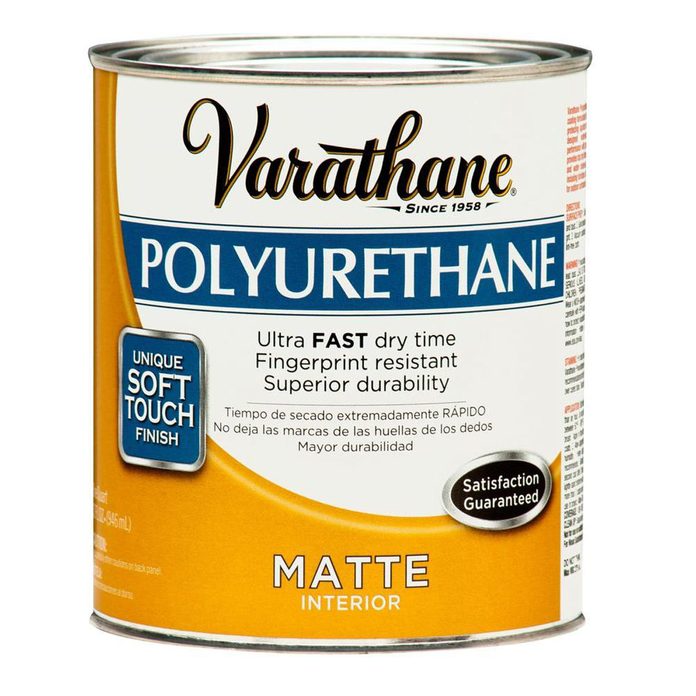
Polyurethane
Polyurethane is a clear liquid oil-based topcoat. It is applied with a brush or is sprayed on, and typically provides the most durable finish, making it the best suited for high traffic, water-prone objects.
Pros
- Finish options from satin to glossy
- Best water-tight protection
- Inexpensive and widely available
Cons
- Can yellow over time
- May need multiple coats
- Could leave streaks or bubbles
- Long dry/cure time
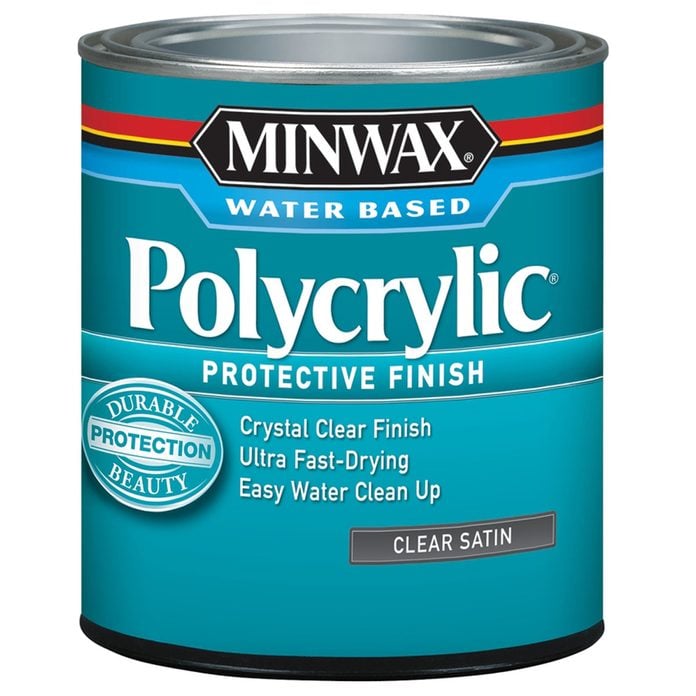
Polycrylic
Polycrylic typically refers to a water-based version of polyurethane. It is applied with a brush or is sprayed on, and has many of the same properties as oil-based polyurethane. Many find it easier to use than traditional polyurethane.
Pros
- Finish options from satin to glossy
- Most durable
- Typically does not yellow over time
- Can be used in a paint sprayer
Cons
- More difficult to find
- May need multiple coats
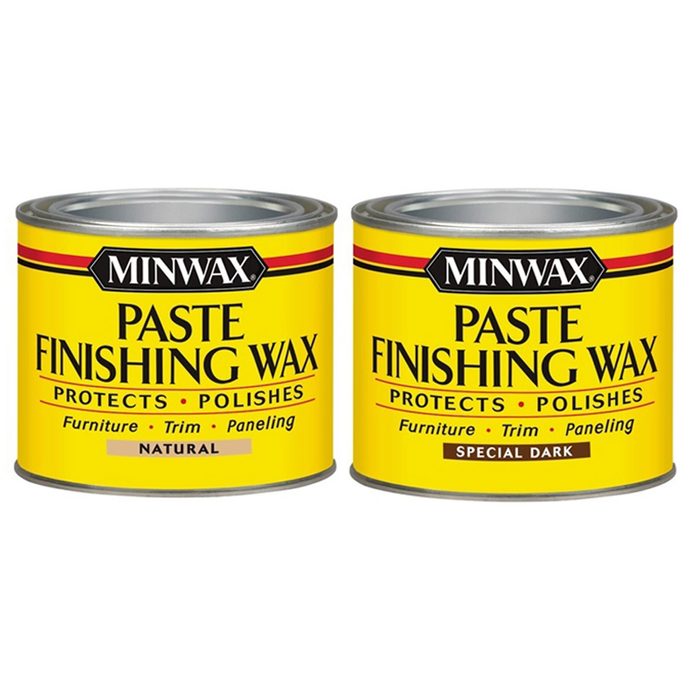
Wax
Furniture wax or paste is a semi-solid product that you apply with a rag or round bristle brush, and then buff out. It typically leaves a soft, matte sheen and comes in a variety of colors to customize your end result. Here find out the best paint for furniture.
Pros
- Comes in a variety of colors to achieve antique look
- Protects against moderate wear and tear
- Repels water
- Can be used over polyurethane
Cons
- Time consuming application
- High traffic areas may need reapplications
- Heat sensitive
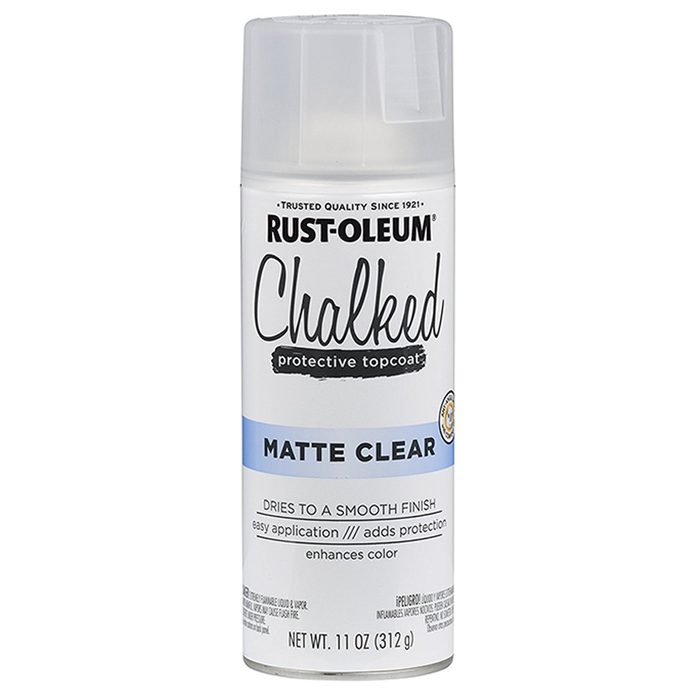
Sprays
Clear spray topcoats can be a lifesaver in a pinch or if you need to protect a piece with lots of nooks and crannies. Typically, spray topcoats are a version of polyurethane, and though they are durable, it can be difficult to achieve an even finish.
Pros
- Inexpensive
- Quick and easy
- Very little cleanup
Cons
- Difficult to achieve even coats
- Aerosol application is least eco-friendly
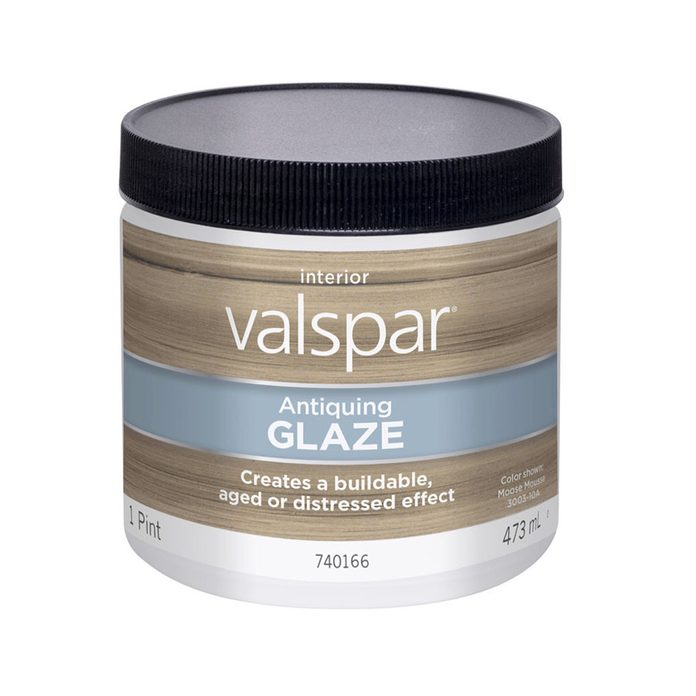
Glaze
Glaze is a liquid product that you apply and then wipe off excess to achieve an aged look. It is not the most durable topcoat but depending on the color chosen it can add a lot of texture and aesthetic value to your project.
Pros
- Suited for light wear and tear
- Can add dimension and texture to piece
- Distressed look can hide flaws
Cons
- Expensive and harder to obtain
- Not water resistant